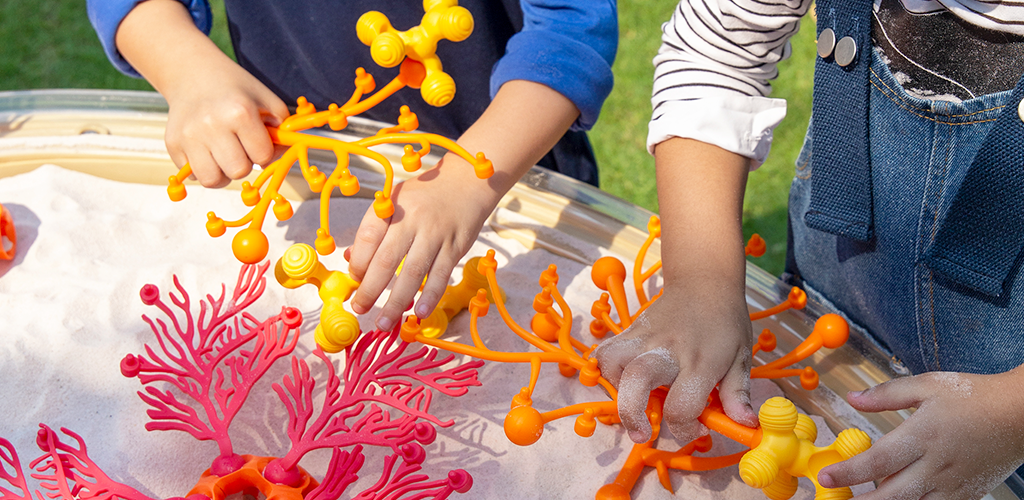
The Role of Educational Toys in Enhancing Motor Skills and Coordination
Children at play is more than just a fun recreational activity – it’s a powerful tool in their development. Just as children interact with the world around them, educational toys play an important role in helping them hone their physical and mental skills. They’re a fantastic way to spend play time, while also aiding in the development of coordination and motor skills.

Understanding motor skills and coordination
Motor skills involve a range of movements, from the simplest to the most complex. Fine motor skills involve accurate movements of the hands and fingers, essential for tasks like writing or buttoning a shirt. Conversely, gross motor skills involve larger muscle groups and are necessary for activities like walking, running, and playing sports. Coordination, on the other hand, is the ability to synchronise movements seamlessly, ensuring fluidity in physical actions.
Bridging play and learning
Educational toys are designed with specific educational goals in mind, and many are made to cultivate motor skills and coordination. From building blocks and puzzles to toy instruments and sports equipment, these toys offer children the opportunity to participate in purposeful play that stimulates their physical development.
Fine-tuning fine motor skills
Toys that involve picking up, grasping, and manipulating objects are excellent for refining fine motor skills. For example, building with blocks encourages precise hand-eye coordination and finger dexterity. Puzzles, with their intricate pieces, provide a challenge that sharpens problem-solving skills while enhancing the coordination needed to fit pieces together.
Mastering gross motor skills
Educational toys that involve movement, such as ride-on toys, tricycles, and sports equipment, contribute significantly to the development of gross motor skills. These activities require the coordination of larger muscle groups, helping children improve their balance, strength, and agility.
Sensory engagement for holistic development
Many educational toys engage multiple senses, fostering holistic development. Sensory experiences, such as feeling different textures, exploring colours, and hearing various sounds, not only enhance motor skills and coordination but also complement cognitive and emotional development.
Building confidence and independence
As children successfully navigate the challenges presented by educational toys, they gain a sense of accomplishment and grow confident in their abilities. This self-assuredness extends beyond playtime, influencing their willingness to tackle new challenges and learn new skills independently.
Social development through play
Educational toys often promote shared play, offering opportunities for children to interact with other kids. Cooperative play not only enhances social skills but also sharpens communication and teamwork, further contributing to socio-emotional development.
Our favourite educational toys

Puzzle Friends - Treasure Island (Quut)
This bath puzzle makes tub time even more fun by encouraging children to create different scenarios with the provided objects. It’s a fantastic way to add a wet element to improving a child’s fine motor skills, creativity and imagination.

Dans La Jungle Wood Flute (Moulin Roty)
Musical activities can also be another avenue for cultivating motor skills and improving coordination in children. This toy flute can be an engaging introduction to music, rhythm, and aural awareness. Its small size makes it decidedly friendly to small hands, and the colourful artwork adds plenty of whimsy to the proceedings.

Jumbo Sensory River Stones (Guidecraft)
Combining sensory play with balancing, stacking and strength work, these toy stones also build sensory engagement and coordination. The smooth-sanded wood surfaces give the toy a wonderfully organic texture and act as a contrasting element against the various nature-inspired cores.
